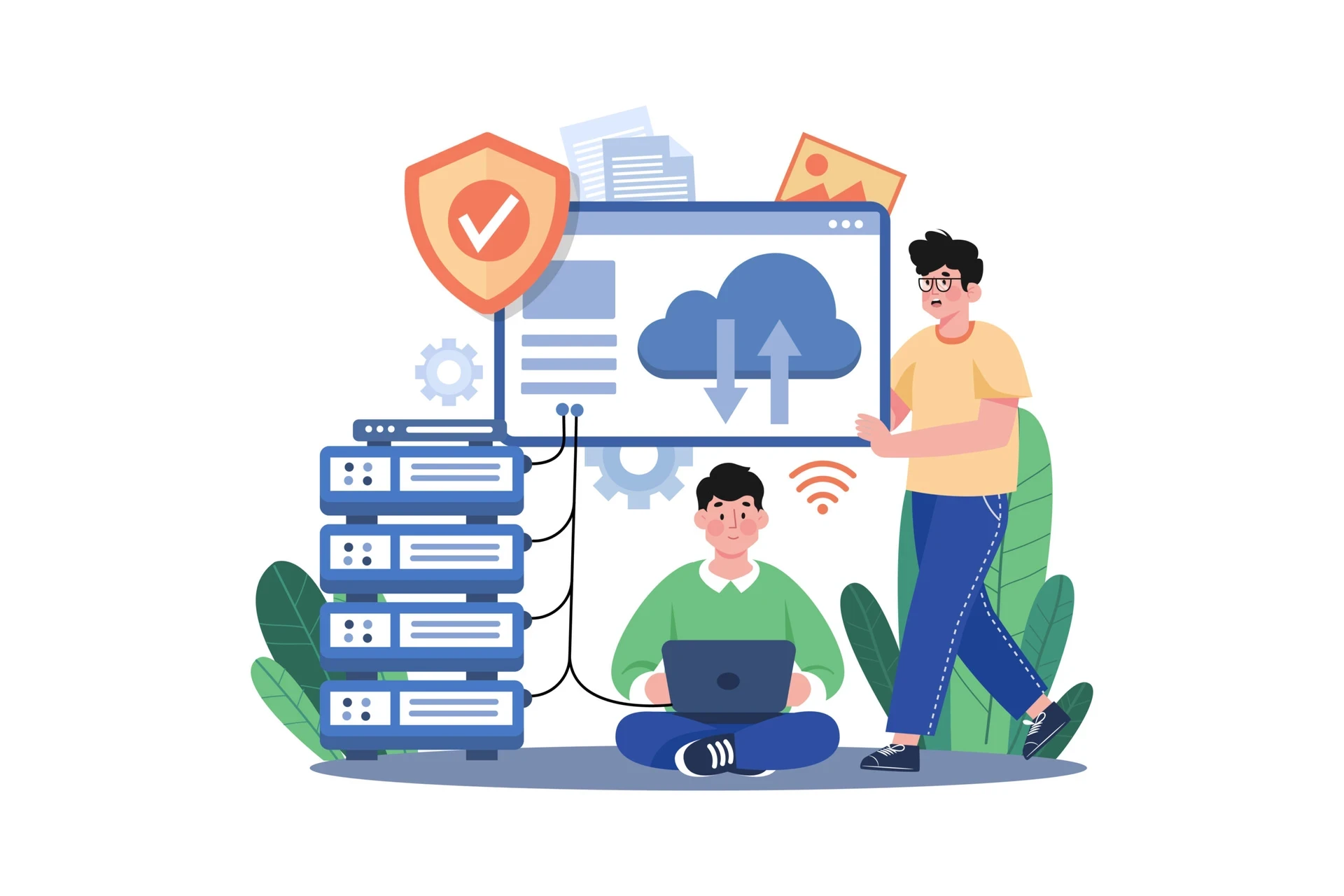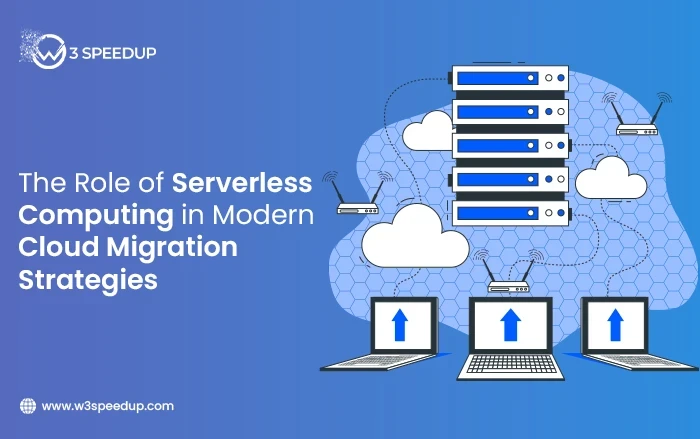The cloud is one of the most transformative technologies in modern IT. It enables organizations to build, run, and manage applications without having to invest in hardware or software. However, migrating to the cloud isn’t always simple—there are many questions you need to consider before making the jump. In this article, we’ll discuss serverless computing as a potential strategy for modern cloud migration and how it can be used with other cloud migration strategies that have proven successful for our customers. We’ll also outline some best practices for incorporating serverless into your strategic plan for moving workloads into AWS.
The Evolution of Cloud Computing
Cloud computing is a form of distributed computing that provides shared processing resources and data to computers and other devices on demand.
Cloud computing was originally defined as accessible via the Internet, but it has evolved to include any type of network connection. The term “cloud” refers to the Internet in general, or any other large-scale networking infrastructure.
Understanding Cloud Migration
Cloud migration is a process of moving to cloud computing, and it often involves seeking expert guidance from providers like Cloud Migration Services and Solutions | IT Outposts. It’s not just about moving your data and applications to the cloud, but also changing from traditional IT (IT infrastructure and operations) to modern IT (software-as-a-service). Cloud migration is not a destination; it’s a journey that needs to be managed as a whole.
The role of serverless computing in modern cloud migration strategies can be illustrated by comparing two types of businesses:
- Traditional business
- Virtualized business
What Is Serverless Computing?

platforms. It’s often used to describe a cloud architecture in which most or all of the infrastructure is provided by third parties, who execute code at their discretion without users needing to worry about server maintenance and management.
In contrast with traditional cloud computing models (where you’re responsible for deploying your own virtual machines), serverless architectures give developers access to pre-built services like databases, storage buckets and messaging queues through APIs all without having to manage servers themselves.
The Advantages of Serverless Computing in Cloud Migration
Serverless computing is a powerful tool for modern cloud migrations. It offers many advantages, including:
 Increased Flexibility
Increased Flexibility
Serverless allows you to build and deploy applications quickly without having to worry about the underlying infrastructure. This allows you to focus on what matters most your application logic and data models while leaving the rest up to AWS Lambda, which handles all of your backend tasks automatically without requiring any additional work from you or your team members.
 Lower Costs
Lower Costs
Because AWS Lambda only charges based on how much time it takes for each request (instead of charging per hour), it’s much less expensive than traditional server hosting methods such as VPSs or dedicated servers that require maintenance fees every month regardless of whether or not they’re being used at full capacity at any given moment during their lifetimes.
Real-world Use Cases
Serverless computing is a good fit for many use cases, including IoT, mobile and web applications. In fact, there are many real-world use cases that can benefit from serverless computing.
- IoT: Serverless architectures offer a way to build microservices that connect devices with backend databases without having to worry about the infrastructure requirements or scaling issues associated with managing them yourself. This makes it easier to develop new features while still maintaining high performance levels.
- Mobile Apps: Serverless architectures make it easier for you to build backends that support mobile apps because they don’t require as much up-front planning or maintenance work on your part (like manually configuring servers). They also allow you more flexibility when it comes time to scale up your application’s usage; if demand increases unexpectedly high then all you need do is add some additional resources rather than buying new hardware or upgrading existing infrastructure components outright a process which could take days or weeks depending on how complex those systems happen be!
Key Considerations for Serverless Adoption
Serverless computing is a good fit for many use cases, including IoT, mobile and web applications. In fact, there are many real-world use cases that can benefit from serverless computing.
 Costs
Costs
Serverless computing costs can be higher than traditional cloud computing on a per-hour basis, but the ability to pay only for what you use can help offset this cost. In addition, many companies have found that they can reduce overall costs by using serverless because they no longer need capacity planning or infrastructure provisioning (e.g., servers) when new workloads are added. It’s important that you understand how your organization uses resources so that it can accurately calculate its true cost savings over time as well as determine which services fit best into its existing architecture and budget constraints.
 Security
Security
Because all of these services run on AWS CloudTrail logs can track everything from API calls through to logging into an account via IAM credentials.
 Performance
Performance
There are some performance differences between running traditional applications versus serverless applications; however those differences tend not be significant enough for most companies’ needs.
 Data Storage
Data Storage
When storing data locally with Lambda functions there is no easy way to query data across multiple records unless they’re stored in DynamoDB tables where queries must be made against those tables directly instead of executing SQL statements against MySQL databases like many organizations currently use today.
Key Challenges and Limitations
Serverless computing is still a relatively new technology and has some limitations. The biggest challenge with serverless is that you can’t run long-running processes or complex logic. This means you have to be careful about how much memory and CPU time your functions consume, as they will shut down if they exceed these limits.
Another limitation of serverless architecture is the lack of control over infrastructure: You don’t have access to virtual machines or containers like you would in traditional cloud platforms like AWS or Google Cloud Platform (GCP). Instead, all code runs on top of vendor-provided services such as Lambda or Azure Functions which can make it harder for developers who are used to having greater control over their environments.
Conclusion
Serverless computing is a compelling technology that can help you realize the benefits of cloud migration faster. It’s important to understand the limitations of serverless before deciding whether or not it’s right for your organization and its needs. We hope this article has provided some insight into how serverless works, what types of applications it might be good for, and how they might fit into your overall cloud strategy.


